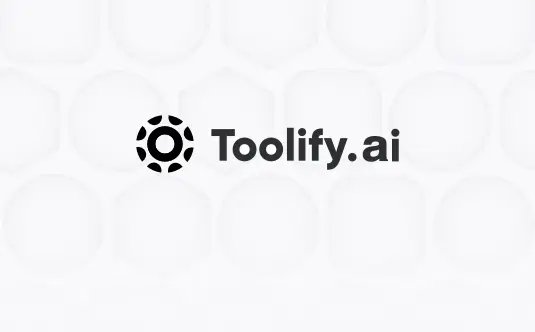Glass offers the following core features: - AI-assisted diagnosis - Clinical decision support - Analysis of patient data - Recommendations for diagnosis and treatment - Integration with electronic medical record systems
Best 4 ai assisted medical diagnosis Tools in 2025
Glass, Medical Summaries, HealthGPT.Plus, ADHDtest.ai are the best paid / free ai assisted medical diagnosis tools.

 39.37%
39.37%What is ai assisted medical diagnosis?
AI-assisted medical diagnosis involves using artificial intelligence algorithms and models to analyze patient data and medical images to help healthcare professionals make more accurate and efficient diagnoses. This technology has been rapidly advancing in recent years, with the potential to revolutionize the field of medical diagnostics.
What is the top 3 AI tools for ai assisted medical diagnosis?
Core Features
|
Price
|
How to use
| |
|---|---|---|---|
Glass | To use Glass, simply log in to the website and enter the relevant patient information. The platform uses AI algorithms to analyze the data and provide recommendations for diagnosis and clinical decisions. | ||
ADHDtest.ai | Comprehensive ADHD test available online | Answer the quiz questions to see if you have symptoms of ADHD and get a fast and accurate diagnosis from the comfort of your own home. | |
HealthGPT.Plus | Match tool: Analyzes symptoms, demographics, and medical history to match patients with similar profiles. | To use HealthGPT.Plus, simply visit the website and navigate to the desired tool: Match, Diagnose, or Treat. In the Match tool, input your symptoms, demographics, and medical history to find similar patients. The Diagnose tool provides accurate insights into potential health issues by utilizing the provided information. The Treat tool offers tailored medication and supplement recommendations based on the individual's unique health profile. All tools are designed to be user-friendly and convenient. |
ai assisted medical diagnosis Core Features
Machine learning algorithms that can learn patterns from large datasets of medical records and images
Natural language processing to extract relevant information from unstructured medical notes
Computer vision techniques to analyze medical images like X-rays, CT scans, and MRIs
Predictive modeling to assess patient risk factors and outcomes
What is ai assisted medical diagnosis can do?
Radiology: Analyzing medical imaging to detect cancers, strokes, bone fractures, etc.
Pathology: Examining microscopic images of tissue samples to diagnose diseases
Rare diseases: Identifying rare conditions that doctors may have never encountered
Remote areas: Enabling access to specialist diagnostic services in underserved regions
Clinical trials: Identifying eligible patients and predicting outcomes
ai assisted medical diagnosis Review
Reviews of AI-assisted diagnostic tools are generally positive, with many doctors finding them helpful for quickly identifying potential issues and prioritizing cases. Some concerns have been raised about false positives and negatives, as well as the 'black box' nature of some AI models. Overall though, most see AI as a valuable assistive technology that will continue to improve with further research and development.
Who is suitable to use ai assisted medical diagnosis?
A patient undergoes a chest X-ray, which is analyzed by an AI system to check for signs of pneumonia, tumors, or other abnormalities. The system flags any potential issues for review by a radiologist.
A person concerned about a skin lesion takes a photo of it using a smartphone app, which uses AI to assess the likelihood of it being cancerous and recommends whether to see a dermatologist.
How does ai assisted medical diagnosis work?
To implement AI-assisted medical diagnosis, healthcare organizations need to have digitized medical records and imaging data, as well as secure data storage and processing infrastructure. The AI models are trained on this data to learn patterns and make predictions. Doctors can then use the AI system to input patient symptoms, test results, and images, and receive diagnostic suggestions and risk assessments to aid in their clinical decision-making.
Advantages of ai assisted medical diagnosis
Improved diagnostic accuracy and reduced errors
Earlier detection of diseases leading to better patient outcomes
Increased efficiency and reduced costs by automating routine tasks
Ability to identify subtle patterns that may be missed by human doctors
Integration of multiple data sources for a more comprehensive view of patient health
FAQ about ai assisted medical diagnosis
- What types of medical data can AI models analyze?
- Is AI intended to replace human doctors?
- How accurate are AI diagnostic systems?
- What are some challenges in implementing AI in healthcare?
- Can AI help reduce healthcare disparities?
- What regulatory approvals are required for AI diagnostic tools?
More Categories
Featured*


 33.23%
33.23%
